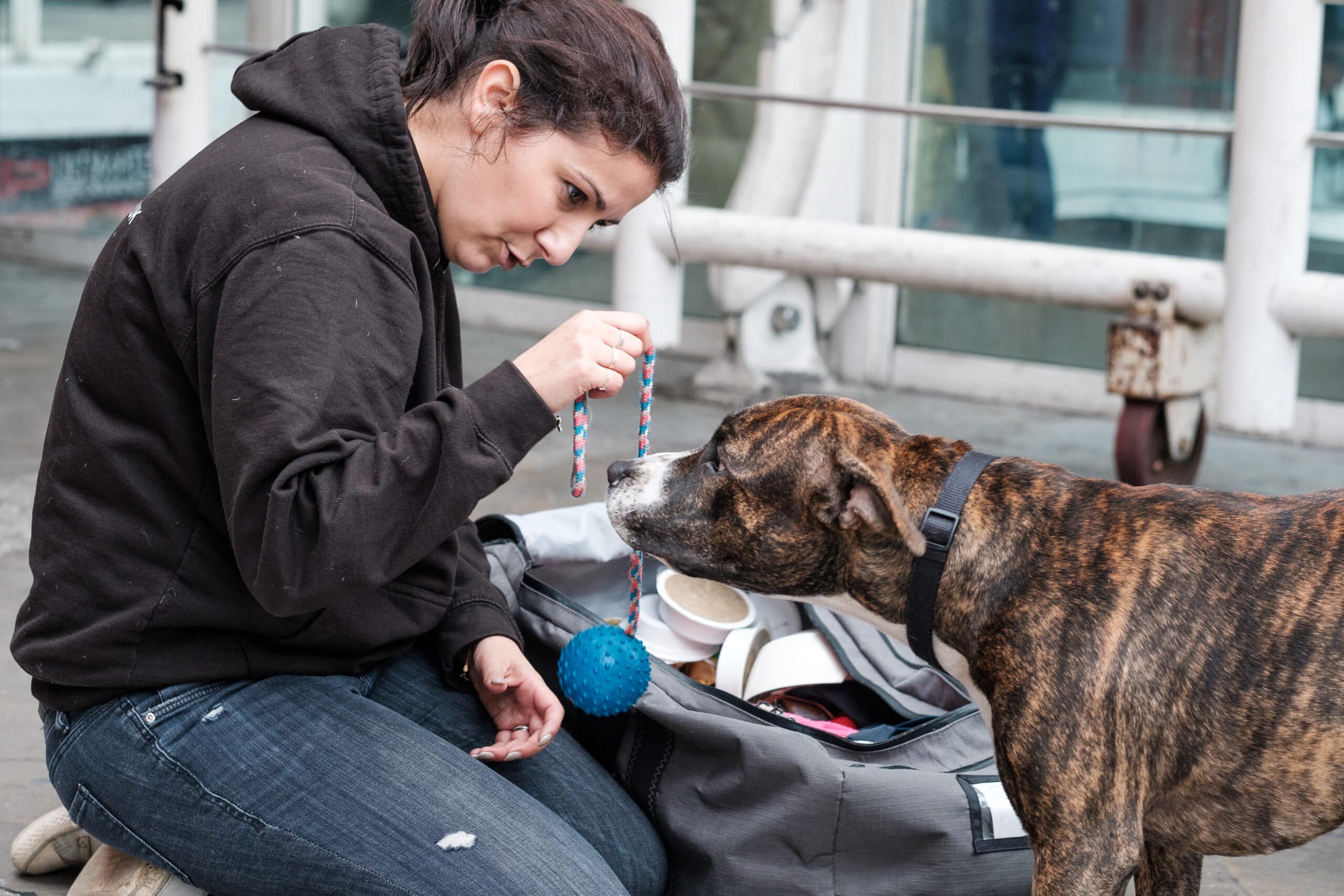Do you feel like you’re forever being told about what you’ll miss out on if you don’t ‘put yourself out there?’
You know that being seen more will bring more inquires, sales and customers, but it doesn’t stop it feeling daunting and overwhelming.
So how about you reframe it and look at who will miss out if you’re not visible?
There will be people searching for what you do on Google, asking for recommendations from friends and family on social media, asking in person.
And if no-one knows who you are and what you do, what happens?
They miss out as well as you. In this podcast episode I’m exploring this topic, and I hope it will inspire you when you’re feeling wobbly about being visible.
Listen in on the player link below or read the key points covered as a blog post.
Why being visible isn’t just for TV stars and social media sensations
You may see posts about ‘celebrity dog trainers’ and brands who are ‘everywhere’ and often in the comments people will share that they don’t comfortable about promoting their work.
There’s frustration around these ‘famous’ businesses getting clients and making sales and it is completely understandable when their methods and ethics are at odds with your own.
And it’s also why it is so important that you are heard and seen so people know there is an alternative.
Don’t be dazzled by big follower numbers or put off because you’re just starting out.
There is a place for you and pet parents who need your support, whether you’ve a product or a service.
The struggle with putting yourself out there
When you start a business, you do it because you want to do the thing you do, not to be a marketer.
But unless you have a huge budget for someone to do the marketing for you, it’s most likely you have to learn how to do it yourself.
This is tough.
All kinds of mindset things come into play, from imposter syndrome to comparisionitis to worrying about what our old colleagues or friends might think.
Plus there is so much conflicting information about what you should be doing, the best formats, the platforms, all the shiny objects.
It’s not surprising this can lead to feelings of paralysis.
However if you don’t tell people who you are, what you do, why you do it and who you help, how do they know you’re there?
Marketing can feel like a dirty word
You’re in the pet industry because you want to help people and animals, not to sell, and marketing can feel like a dirty word.
I was talking to my friend and FOMO creator May King Tsang ahead of recording this about how we need to look at this differently. She does this by creating FOMO and you can listen to more on this topic here.
What if you frame marketing and look at it as letting people know that help is out there? You’re simply offering people a solution to their problem.
This can make it feel less overwhelming, or selly or spammy.
Walk in your customers shoes
Think about the last thing you bought. What were the steps you followed ahead of making your purchase?
You might have put a question into Google.
You might have asked a friend or family member for a recommendation.
You might have put a request in a Facebook group or searched on Instagram.
Once you found the product or service, you might have had a scout around their website, reading their about and service page.
Maybe you looked at reviews, case studies or testimonials.
It’s likely you were looking for reassurance that the person, product or service was matching your needs.
The more you see from the individual, business or brand, the safer you feel.
How does this translate into your pet business?
Often I’ll work with clients either in my free training or paid programmes and they will be so worried about being visible and what people might think of them.
But, and I mean this in the kindest way possible, it’s not about you, it’s about your clients.
Back in 2009, I searched for a dog trainer for my late dog Daisy. It was before social media, and I went in the Yellow Pages and found one.
He was an aversive trainer and I was horrified by what he suggested. I also read Cesar Milan’s book, and didn’t like his methods.
Fast forward 11 years to when I got Patch, I asked for a recommendation for a trainer from a contact and was told about Sue McCabe from Muttamorphosis Dog Training.
She’s an amazing force free behaviourist, and helped me train Patch in a way that was kind and ethical. It felt right.
While I was introduced to her by a recommendation, when I looked at Sue’s website, her social media and Googled her, I had that reassurance I was in the right place.
If Sue was hidden away, I most likely would have carried on my search.
How do you work on being visible so people who need you don’t miss out?
Here are some suggestions that have worked in my own business and for clients.
- Find a core communication channel that works for you. This could be a regular written blog, podcast or video you publish on your website.
- Choose your social media platforms carefully. Where are your ideal customers hanging out and which ones feel easy for you?
- Think about someone you’ve worked with and what might have happened if they didn’t find you. What might have been the impact?
- Stuff what your old colleagues, school friends, family members or anyone else who is never going to buy from you thinks.
- Remember your why and the impact you wanted to make when you started your pet business, and be proud.
Listening in the future and interested in working together? Click here to book a call.
If you enjoyed this post, you might like to read Five things that can stop you being bold in your pet business or Get out your own way and get your pet business out there with Osmaan Shariff.





